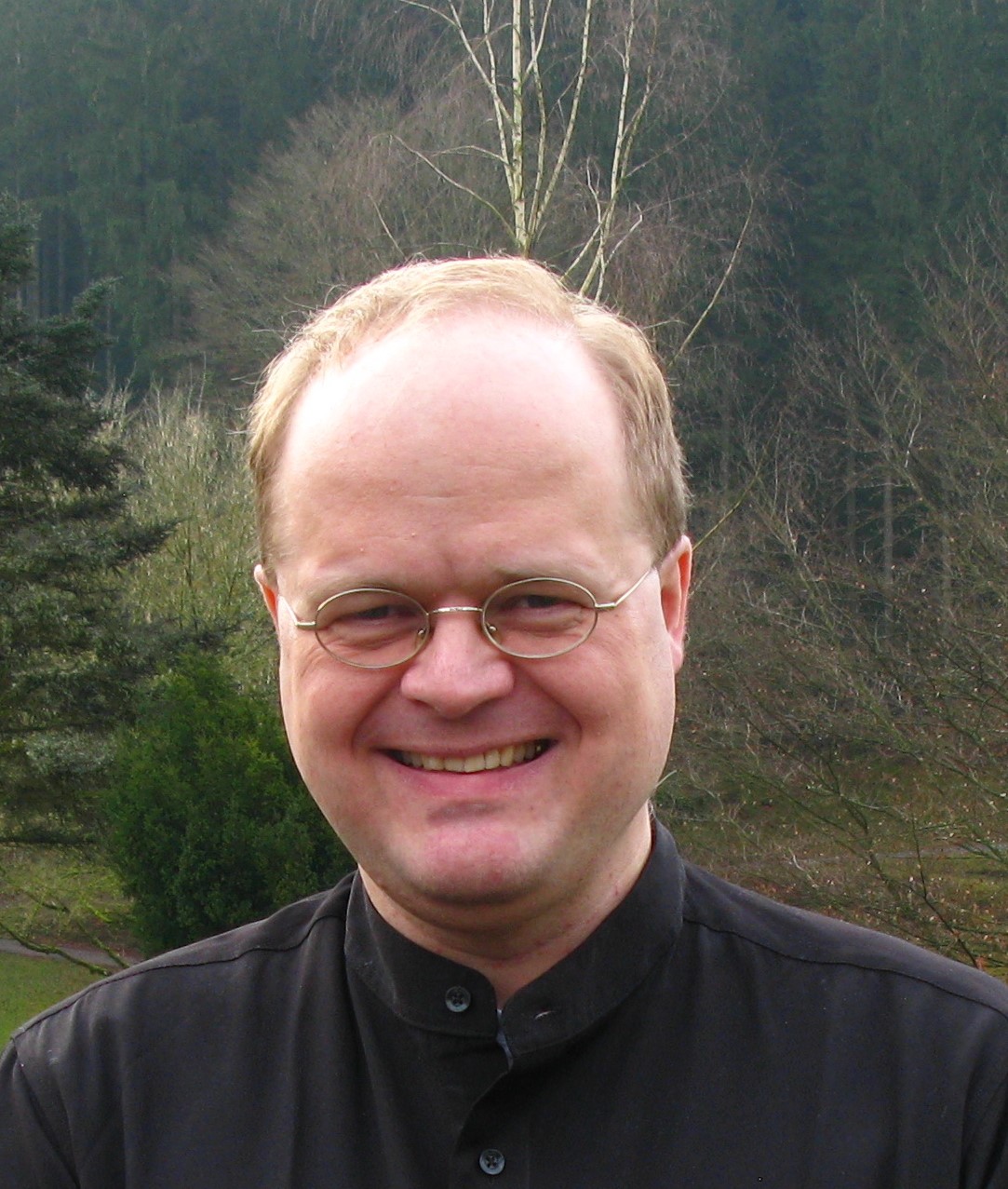Project heads:
Dr. Benedikt Jahnel
/
Prof. Dr. Wolfgang König
Project members:
Alexander Wapenhans
Duration: 01.06.2017 - 31.12.2018
Status:
completed
Located at:
Weierstraß-Institut
Description
Present day telecommunication networks are ill equipped for the rapidly growing demand for mobile data transfers. With the fifth generation of mobile networks, paradigmatic shifts in the design of the network are on the agenda.
A critical aspect here is the role of infrastructure. Multilayered cellular networks with possible incorporation of relaying mechanisms are under investigation not only in the scientific community, but also in industry.
All these new designs have in common a rapid increase of degrees of freedom in the system. The central role of (expensive) base stations is reduced in favour of an increasingly important role of (cheap) relays. In particular, also the users of the system will be attached a relay functionality in the system. As a result, the network becomes more and more decentralised. First implementations of peer-to-peer (P2P) communications for public use are already available. Exploring the possible benefits of such new architectures is in full swing in the academic and the industrial research. For a survey on device-to-device (D2D) communication in cellular networks see for example.
One promising way to cope with the new and more complex structures that arise is to exploit probabilistic methods. Indeed, fundamental ansatzes from stochastic geometry (e.g., spatial Poisson processes, continuum percolation theory, ...) are widely used for modelling the spatial locations of the users, the relays and the base stations and their basic connectivity properties. For the description of temporal developments, standard methods from stochastic processes (stochastic interacting particle processes like bootstrap percolation or the contact process) are commonly used to model the spread of information through a network.
Of crucial importance in all these future scenarios with less centralised architectures is a good understanding of vulnerability and security, in particular of the way in which malware (e.g., proximity-based propagation sabotage software or computer killing viruses like Cabir or CommWarrior) spreads in such networks. For usual networks, a number of strategies have been exploited by operators in order to restrict the spread of the malware and to keep the functionality of the network available. For security in D2D communication networks see the review. However, the new challenges accompanying the system decentralisation also include the question how successful these defense strategies can be in such systems, in particular since the spread of malware (more generally, of any information) in such a system follows a different set of rules than in centralised networks.
The project aims at a probabilistic analysis of (1) the velocity of the propagation of infected or otherwise flawed relays in a realistic mobile ad-hoc network if a malware has attacked some node(s), and (2) of the performance and the success of some of the most widely used security strategies against this.
We strive to understand how quickly a region of damaged nodes in a realistic mobile ad-hoc network spreads out, in particular whether, under the defense strategies that we consider, the infected region will be kept bounded or not.
http://www.wias-berlin.de/projects/ECMath-MI11/
